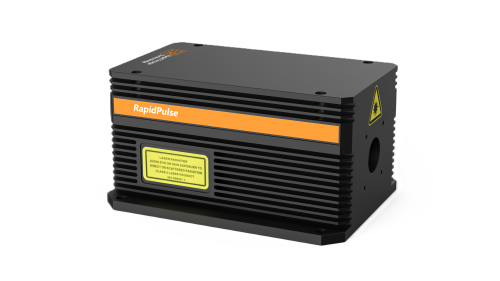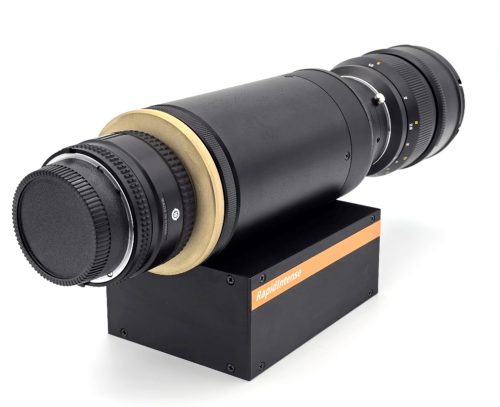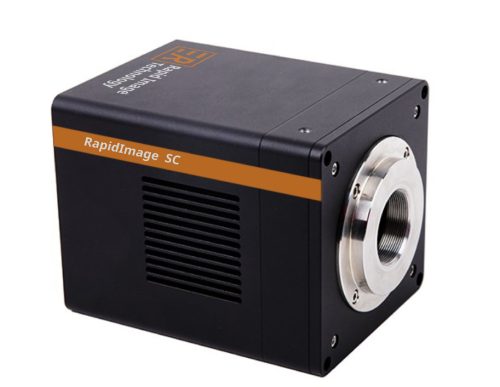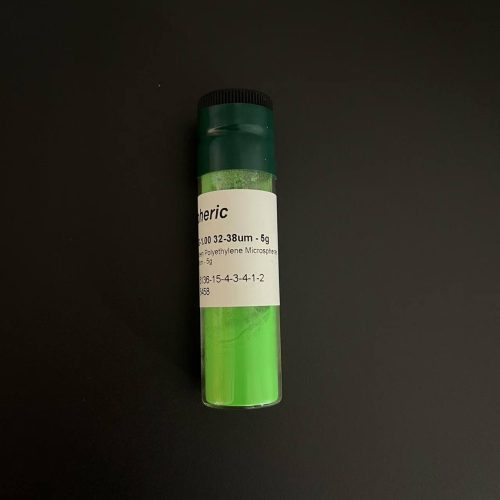
The high-frequency response multi-hole probe velocity measurement system is a high-precision instrument for measuring velocity in a flow field. It can provide a complete solution for velocity and pressure measurement. This system usually includes high/low frequency response multi-hole probes, three-dimensional omnidirectional probes, high-temperature probes, flight data recording probes and supporting software. These probes can measure the three-dimensional velocity and pressure distribution in the flow field, with different probe structures and materials available to adapt to different measurement environments and needs. The main features of the high-frequency response multi-hole probe include:
Small probe tip diameter, the smallest can be 3.2mm, and even 1.6mm diameter probes are available, which helps to reduce interference with the flow field.
Provide different shapes of probe tips, such as hemispherical or conical, to adapt to different flow field characteristics. It can measure flow velocities in the range of 5m/s to 100m/s, and can even achieve higher flow velocities as required, with Mach numbers of up to 0.02 to 0.95.
It has the characteristics of high frequency response, with the highest frequency response reaching 500Hz-8kHz, depending on the pressure sensor and the corresponding connecting pipeline. The customer selected 3kHz for high accuracy, with a maximum error of 1% in speed measurement and a flow direction measurement range of ±35°. The probe does not need to be recalibrated under normal operation, and has high-precision probe calibration, with more than 2,000 points of calibration data.
In addition, the high-frequency response multi-hole probe speed measurement system is also used in modern large aircraft to measure the size of the aircraft’s airspeed.
In scientific research fields such as wind engineering, energy and power, automobiles, aviation, HVAC, etc., this type of probe is also widely used because it can provide accurate speed and direction measurement, as well as high-frequency response characteristics, which are very suitable for dynamic flow field measurement.
In terms of technical research, the dynamic calibration technology of high-frequency response dynamic probes is also constantly developing. For example, by combining theoretical model derivation with experimental verification, the dynamic calibration of high-frequency response dynamic probes can be completed, and the transfer function of the cavity can be obtained, thereby improving the accuracy of the measurement.







